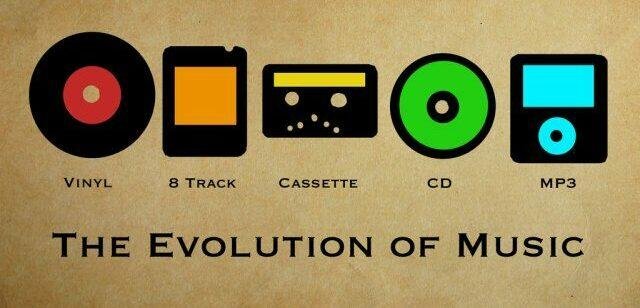The Evolution of Sports
The Evolution of Sports Technology and Equipment
Over the years, technology and equipment have played a significant role in the evolution of sports.
The advancements in technology have not only changed the way we play sports but have also impacted how we watch and analyze them. From equipment design to data analysis, technology has revolutionized sports and made them more accessible, efficient, and exciting.

In this article, we will explore the evolution of sports technology and equipment also how it has transformed the world of sports.
Sports Equipment:
Rackets
One of the most significant advancements in sports equipment has been the development of rackets. Tennis, badminton, also squash rackets have undergone significant changes over the years.
Manufacturers made the early rackets out of wood with small heads and basic designs. Today, they make rackets from lightweight materials such as graphite and titanium, making them more maneuverable and durable.
Balls
Balls used in sports such as football, basketball, and tennis have undergone significant changes in design and materials. Manufacturers used to make footballs out of leather with a lace-up design. Today, they make footballs from synthetic materials, making them more durable and easier to grip.
Similarly, basketballs have gone through a transformation, with the introduction of synthetic materials and a better grip. Tennis balls have also undergone significant changes, with the introduction of pressureless balls that last longer and offer better consistency in bounce.
Footwear
Footwear is an essential part of sports equipment. It provides support, stability, also comfort to the athlete. Over the years, sports shoes have undergone significant changes in design and materials.
Manufacturers made the early shoes out of leather with a simple design. Today, they make shoes from lightweight materials such as mesh and synthetic fibers, providing better ventilation, support, and durability.
Sports Technology: Evolution
Wearable Technology
Wearable technology is one of the most significant advancements in sports technology. Athletes use wearable devices such as fitness trackers, smartwatches, and heart rate monitors to track their performance and monitor their health.
Wearable technology provides real-time data on various aspects of an athlete’s performance, such as heart rate, speed, and distance covered. This data can be used to optimize training, prevent injuries, and improve overall performance.
Video Technology
Video technology has revolutionized the way we watch and analyze sports. Instant replay technology allows officials to review a play also make a more accurate decision. Slow-motion replay technology provides a better view of the action, making it easier to analyze and understand.
Video technology has also enabled coaches to review game footage and analyze their team’s performance, identifying areas for improvement.
Virtual Reality
Virtual reality technology has opened up new possibilities in sports training and analysis. Technology allows athletes to experience real-world scenarios in a safe also controlled environment.
This technology is particularly useful for athletes who need to develop specific skills or improve their reaction time.
Data Analysis
Data analysis has become an integral part of sports performance analysis. Analysis tools allow coaches and analysts to track various performance metrics such as speed, distance covered, and heart rate. This data can be used to optimize training, prevent injuries, and improve overall performance.
Sports Science
Sports science is a field of study that combines scientific principles with sports training also performance analysis. Scientists use data analysis, biomechanics, also other scientific principles to optimize training and improve performance.
Sports science has played a significant role in the development of sports technology also equipment.
Conclusion
The evolution of sports technology and equipment has transformed the world of sports. From the introduction of wearable technology to the development of virtual reality, technology has made sports more accessible, efficient, and exciting. 온라인카지노




